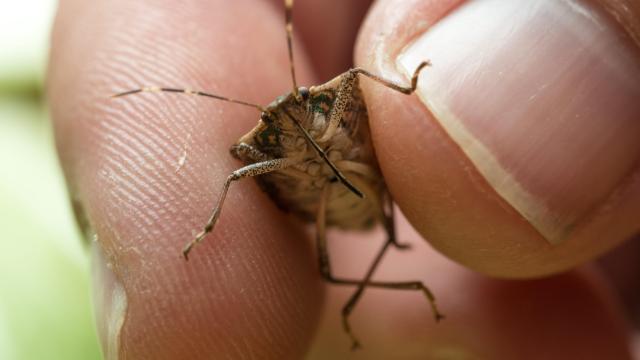Insects are cool (if you look past all the legs). They break down dead things by eating them and pollinate plants so that we can grow enough crops to feed the world. Conservation encourages us to protect wildlife, especially bugs that are now looking down the barrel of an insect apocalypse.
But… sometimes you have to kill a few bugs to protect entire ecosystems. Specifically, invasive insects, which humans have transported all around the world. In some cases, they’ve outcompeted native insects and wrecked native plant life that don’t have the defence mechanisms to deal with invasive insect species that have no business being there in the first place. In some cases, invasive species have been able to expand their populations at a rapid clip if there are no natural predators to keep them in check.
Experts have asked the public to show no mercy and just annihilate species that have been identified as invasive and destructive. With that in mind, we invite you to take a close look at these suspect species and do what biologists say is your duty to stamp them out. Literally.
Spotted Lanternfly
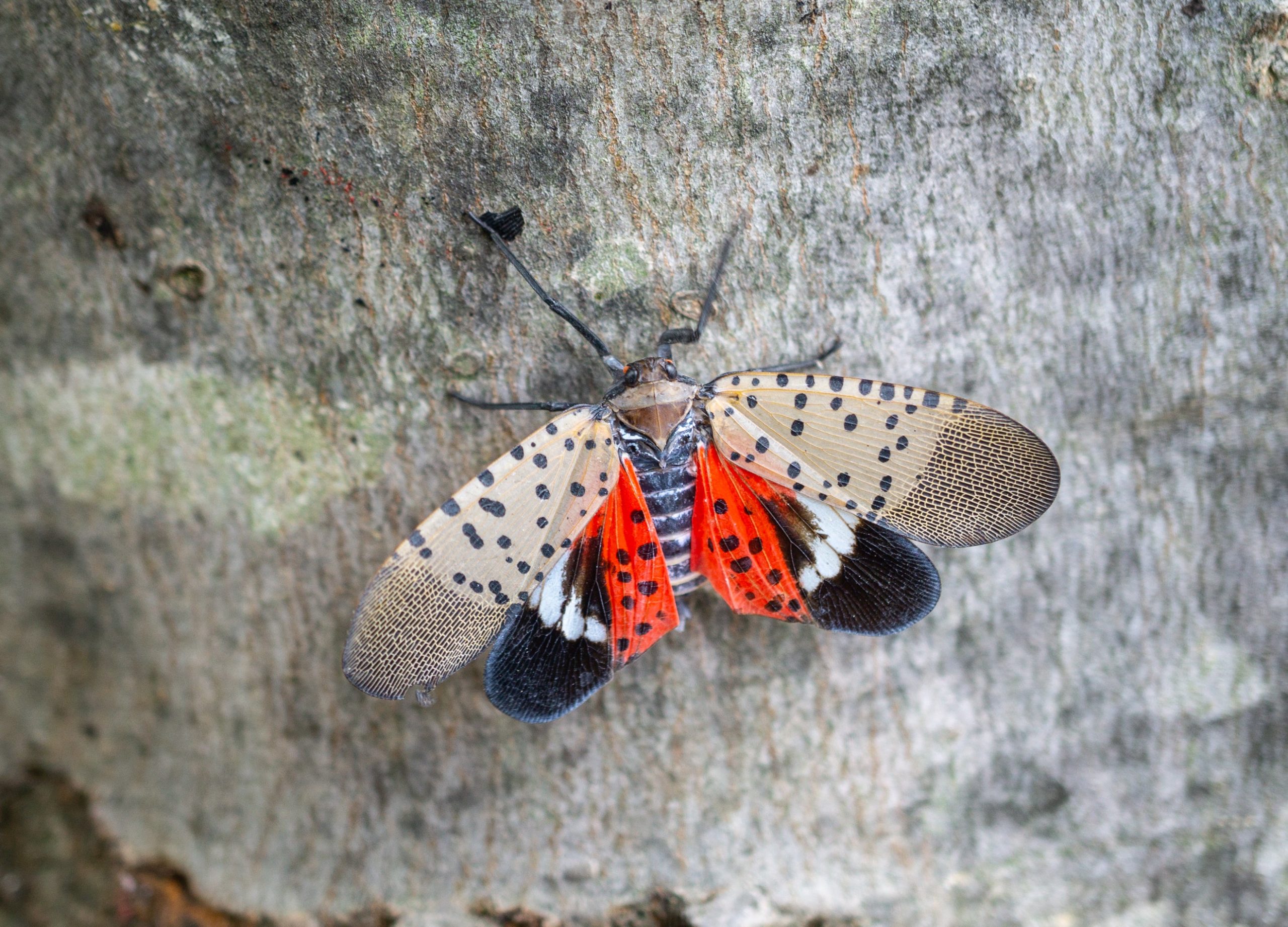
This bug may be beautiful, but you have the permission of many experts to murder it on sight. The spotted lanternfly was first discovered in Pennsylvania in 2014 and has rapidly spread across the Northeast. They grow up to 3 centimetres long and have speckled front wings and red hind wings with black spots. They’re not a risk to you. But they are a huge concern for agriculture. When they eat crops, the bugs excrete a goop called honeydew that creates a film on crops, reducing yields.
Spongy Moth
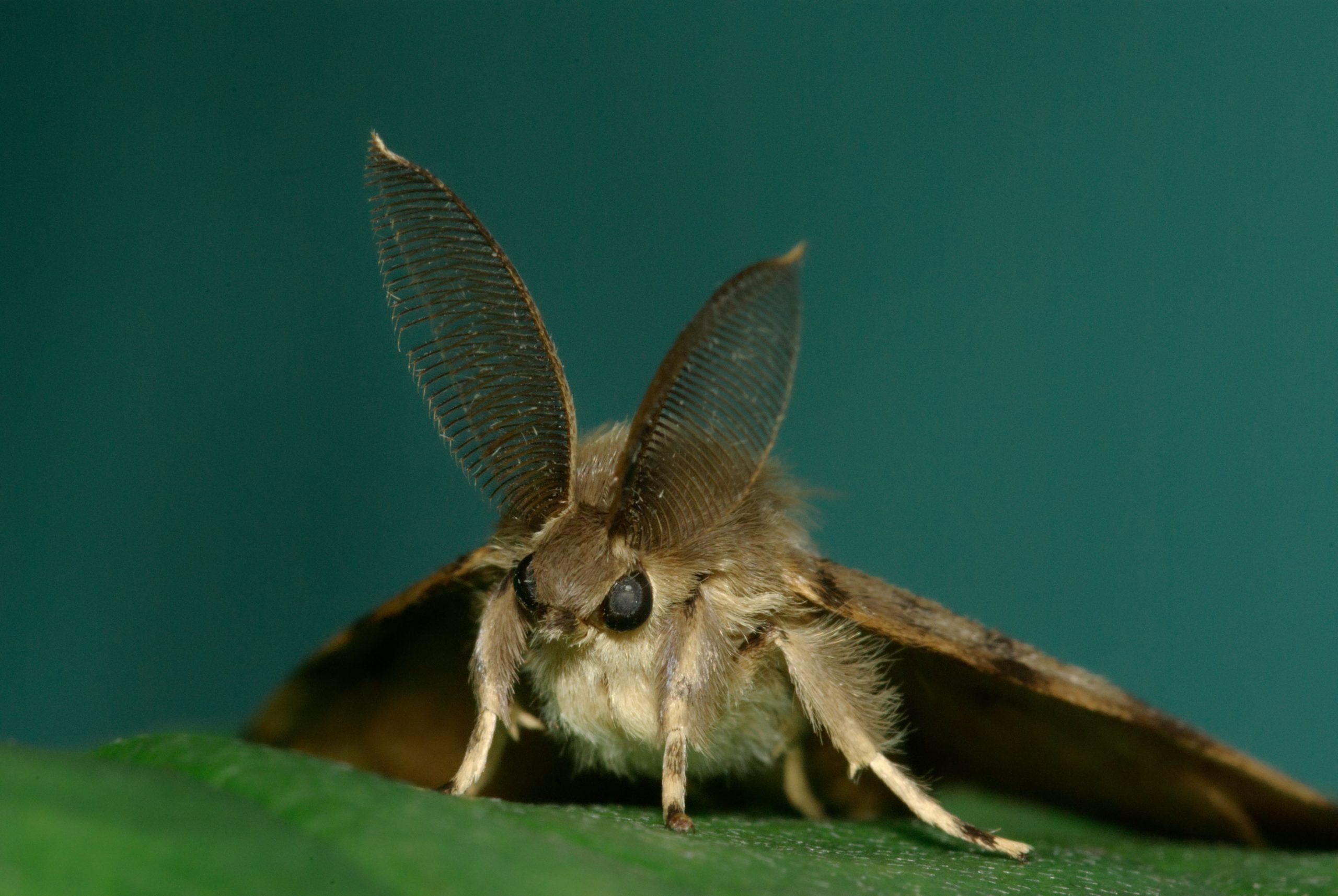
Sadly, the invasive spongy moth — which is this moth is native to Europe, Asia, and North Africa — is extremely cute and looks like a cuddly bat. Its eyes almost scream “don’t squish me.” But squish it, you must. The spongy moth doesn’t belong here. First brought to Massachusetts back in the 1800s and has since spread across the northeastern U.S. and eastern Canada and costs hundreds of millions of dollars in damage and population control efforts every year.
The spongy month — the name of which the Entomological Society of America changed last year because it was hurtful to the Romani people — is capable of defoliating hundreds of tree and shrub species, its larvae can practically devour entire trees.
Southern Pine Beetle
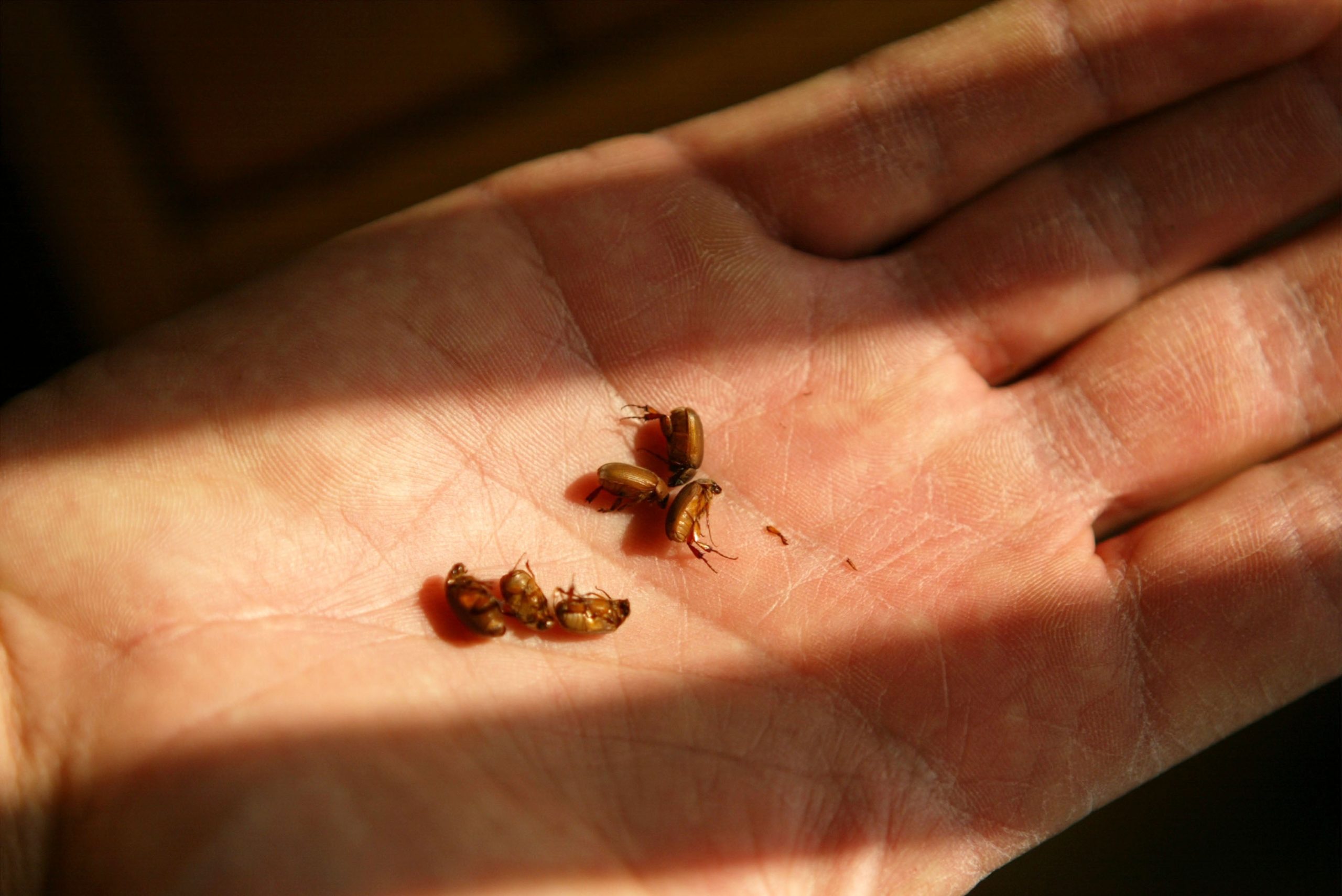
These little critters look like something out of a sci-fi movie, and they’re kind of whimsical… but they still deserve the tiniest of guillotines. The beetle is native to the Southeast, but it’s increasingly found in the Northeastern states like Maine and New Hampshire where it can potentially destroy acres upon acres of pine forests. (Since they’re native to the Southeast, you shouldn’t kill them if you find them there.) Before 2014, the beetle had not been found north of New Jersey, but warm weather is luring it to forests into the Northeast. This spread is only expected to continue thanks to climate change further warming the planet.
Brown Marmorated Stink Bug
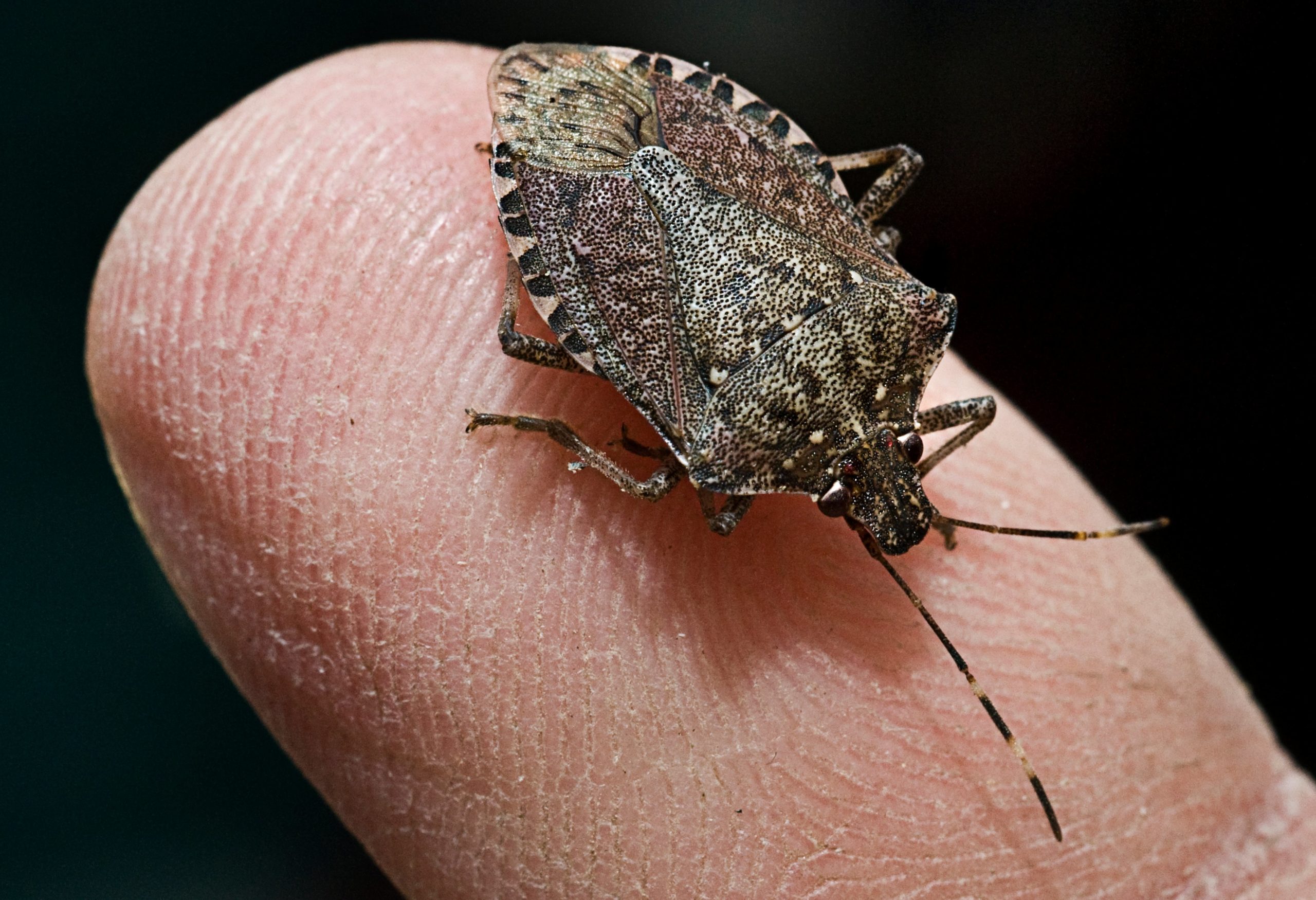
The brown marmorated stink bug is native to East Asia and may look unique and worthy of a Victorian-era broach. But yeah, you gotta kill it, too. Like some of the other insects in the roundup, this stink bug damages fruit, vegetable, and field crops causing extensive economic damage across both North America and Europe.
Emerald Ash Borer
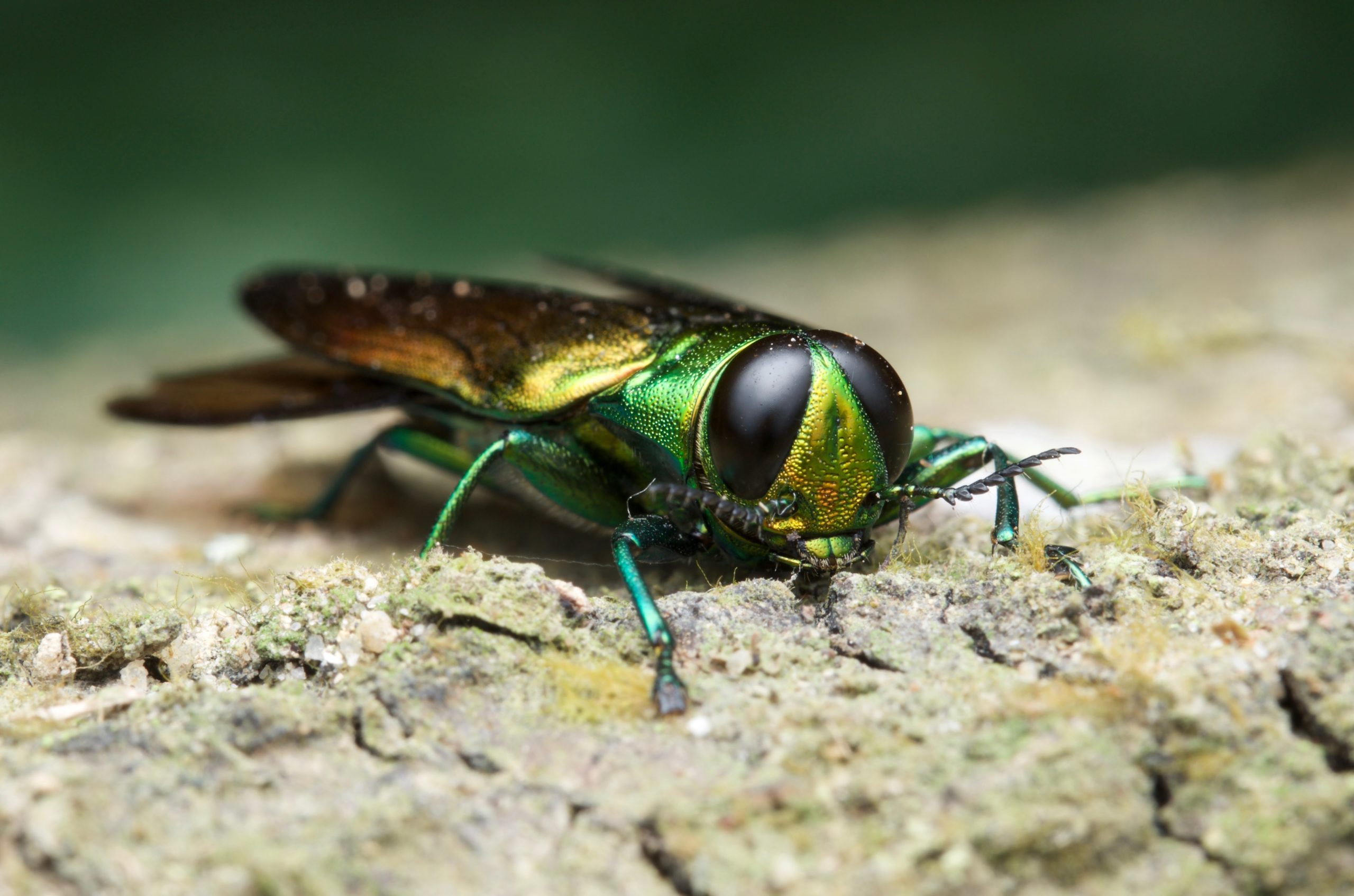
The emerald ash borer looks like it is made out of jewellery and magic, but please do not use that to overlook the fact that this enchanting insect has destroyed “tens of millions of ash trees” across the U.S. This bug, originally from northeast Asia, was first spotted in Michigan in 2002.
By the time they’re seen in their glorious green adult stage… it may already be too late for nearby trees. The larvae burrow in the bark of ash trees, destroying the internal networks that transport nutrients and water to other parts of the tree. and infestations have been reported in at least 35 states across the country.
Khapra Beetle
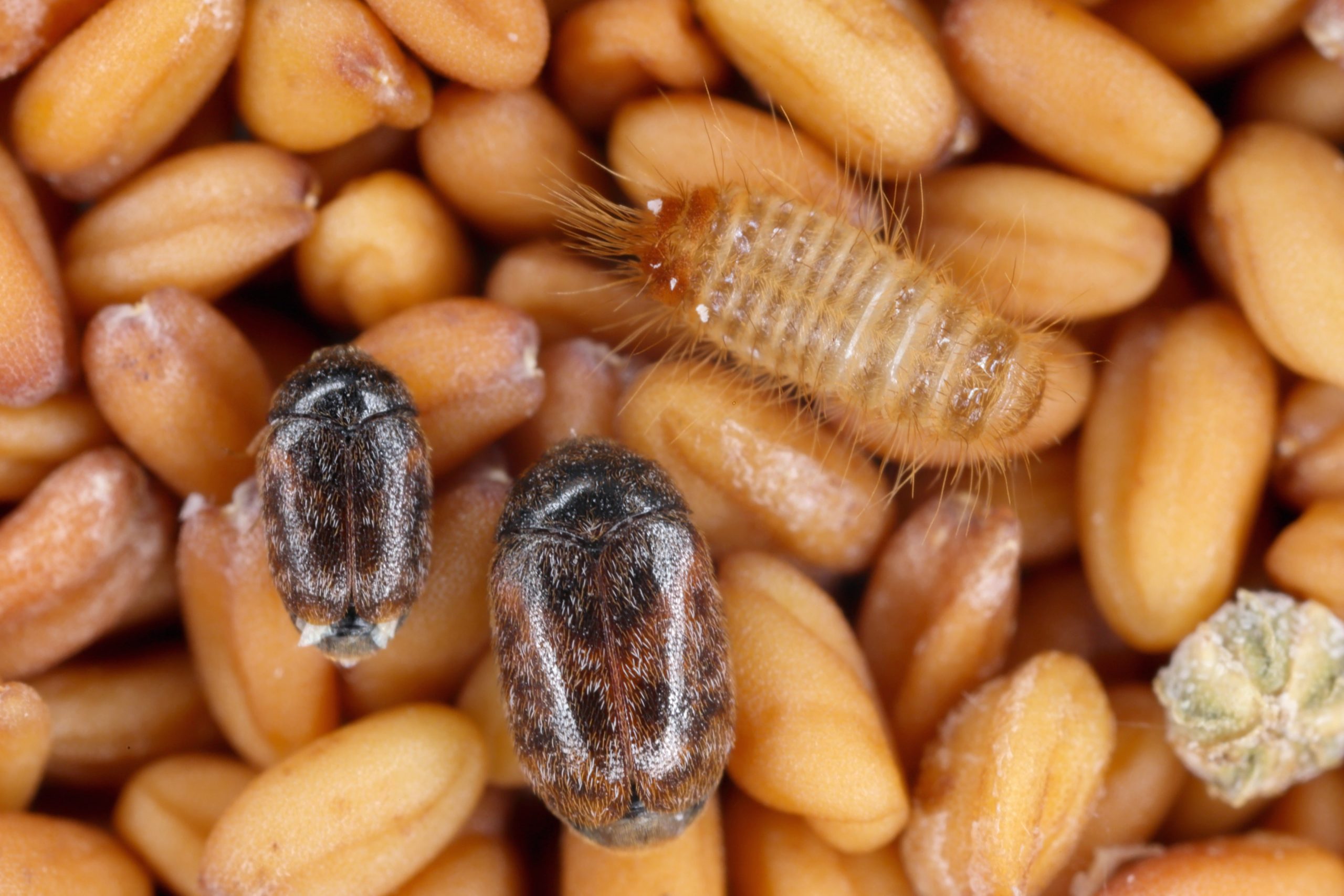
This fuzzy bean-looking bug may be small, but like its invasive fellows, it’s dangerous and deserves the death penalty. The khapra beetle is native to South Asia and was discovered in California in the 1950s — it has been described as one of the most invasive species and its’ larvae usually eats up stored products like stored grain. Cargo ships are constantly working towards intercepting shipments with these critters in them to avoid them from spreading around.
This article has been updated since it was first published.
